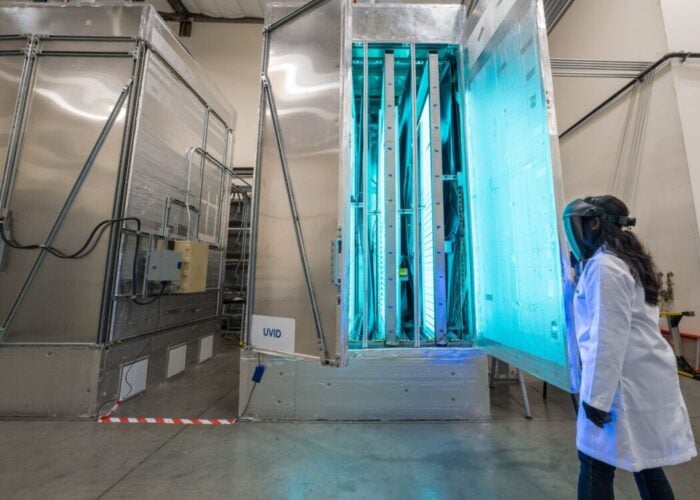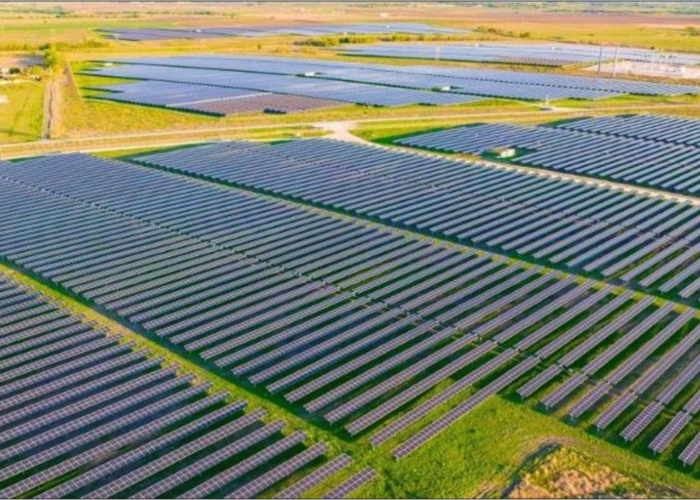RF Micro Devices (RFMD) has engineered a dual-junction PV cell that combines gallium arsenide (GaAs) and indium gallium phosphide (InGaP) PV junctions with its customary six-inch semiconductor equipment. RFMD looks to this new development as a way to progress towards triple-junction structures and reach their definitive goal of creating a commercially feasible and high volume-capable compound semiconductor-based process for high-performance PV cells.
Bob Bruggeworth, president and CEO of RFMD, said, “RFMD is very pleased with the world-class performance of our dual-junction cells. With this achievement, RFMD is demonstrating we possess the critical technologies to produce a low-cost PV product with competitive solar cell conversion efficiency, supported by the quality, reliability, and volumes that characterize the cellular handset market.”
Try Premium for just $1
- Full premium access for the first month at only $1
- Converts to an annual rate after 30 days unless cancelled
- Cancel anytime during the trial period
Premium Benefits
- Expert industry analysis and interviews
- Digital access to PV Tech Power journal
- Exclusive event discounts
Or get the full Premium subscription right away
Or continue reading this article for free
RFMD began a cooperative agreement in 2009 with the National Renewable Energy Laboratory (NREL) in order to advance a production competent process technology for high-performance PV cells. RFMD states that its dual junction technology has been uniform with the results that NREL collected with their inverted metamorphic multi-junction (IMM) technology. Further, the conversion efficiency in RFMD’s six-inch wafers is said to have been consistent across the board, which the company notes can give way to high device production and strong distributions in CPV product performance.






